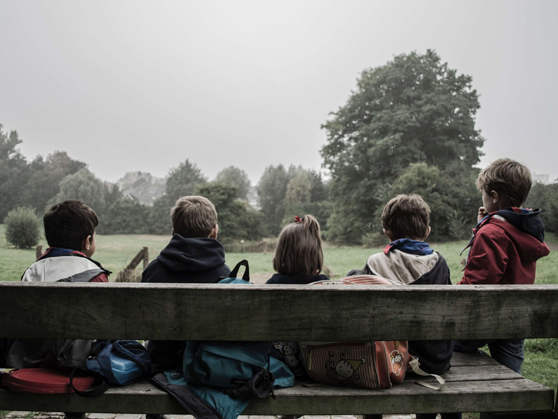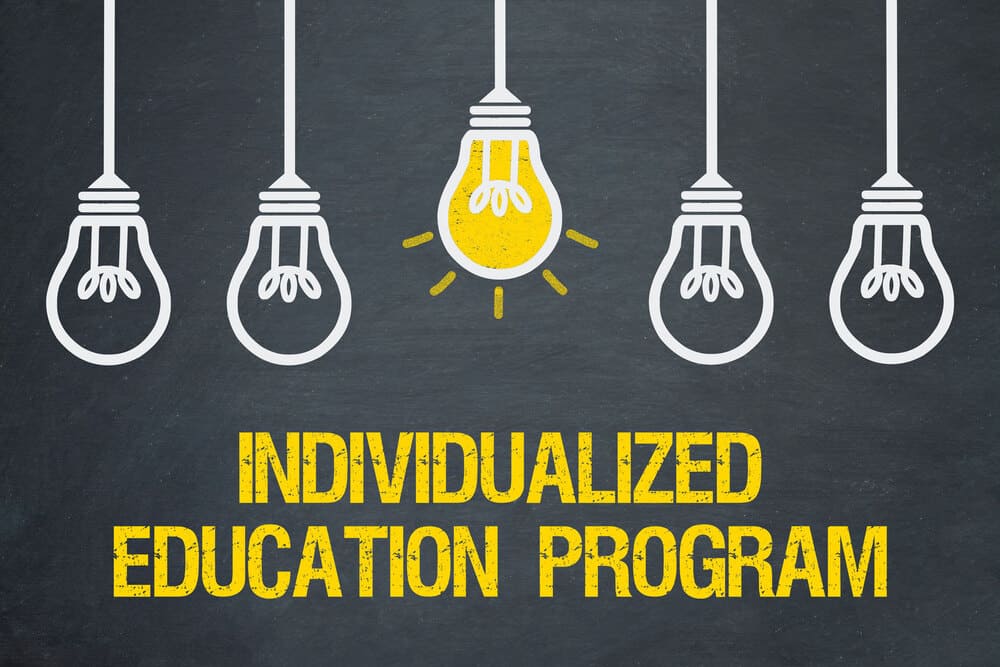
Speech Therapy Breaks Down Socialization Barriers for Kids with ASD
Most parents encourage their children to make new friends and expand their social circles. And, for the most part, socialization between children takes place without much more than a helpful nudge in the right direction. This is not the case for parents of children with autism spectrum disorder (ASD).
Social interactions can prove challenging for these kids, depending on where they are on the spectrum. Anxiety and speech troubles lead to communication problems, which cause them to struggle to communicate.
Communication troubles shouldn’t bar children with ASD from exploring their world, however. With speech therapy, these kids can hone their communication skills and socialize better.
Improve Expressive Language
One of the first goals of speech therapy is to help the child develop expressive language skills. If they struggle with this aspect of communication, the speech-language pathologist (SLP) or therapist will use different strategies to build these skills.
Most methods utilize communication boards (small flashcards with photos). These boards or cards help children communicate their thoughts, feelings, and needs to others because if they want something, they can point to the card. Therapists or SLPs will start adding complex vocabulary to their boards as the child’s proficiency increases.
Modeling is also a crucial factor in developing expressive language. Parents and therapists model their language skills to develop the child’s communication and social skills.
Teach Nonverbal Cues
Speech therapists also help children with autism understand nonverbal cues, such as a high-five or a thumbs-up. Although those not on the spectrum may take it for granted, these nonverbal cues are a part of daily social interactions that don’t come naturally to those with ASD.
Therapists use social stories to illustrate the meaning of different cues. They repeatedly use animated and expressive gestures to capture the interests of children with autism and enhance their responsiveness.
Repetition of the gestures will teach the kids to associate facial expressions or gestures to corresponding speech. This helps them recall and retain verbal language.
Promote Receptive Communication
Social interactions also depend on receptive language skills or the way an individual interprets and understands language. Children with autism struggle to grasp receptive language; they especially have difficulty responding to questions or orders.
SLPs and speech therapists use various strategies to improve the child’s skills. Pretend play, for example, facilitates language acquisition by encouraging the kids to use their imagination. Pretend games teach the children to use one object to represent another – a principle applicable to the use of words.
Words are symbols that represent people, object, events, and abstract concepts, such as physical states (tired, hot, or hungry) or emotions (frustration, happiness, or anger), and are likewise incorporated into the lessons. Pretend play, meanwhile, establishes the cognitive foundation for using words meaningfully.
Reading books also provides an opportunity to hone their skills. During each reading session, therapists encourage children to point at pictures, which the former labels to expand the latter’s vocabulary. Re-stating important parts of the story will build their comprehension.
Communication struggles should not preclude children with ASD from making friends. Speech therapy opens more opportunities for socialization by addressing communication barriers one step at a time.
ABC Pediatrics offers specialized speech therapy services to help children with ASD break down socialization barriers and develop stronger communication skills.
If you have more questions about speech therapy for children with ASD, get in touch with us today.

